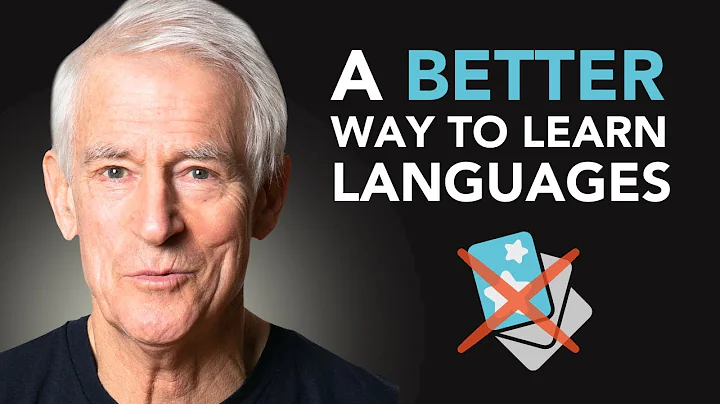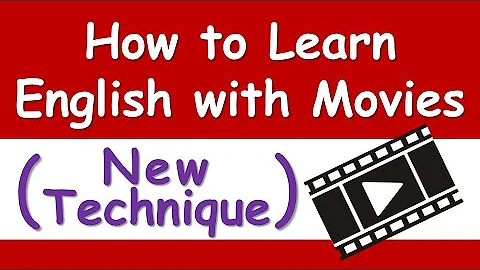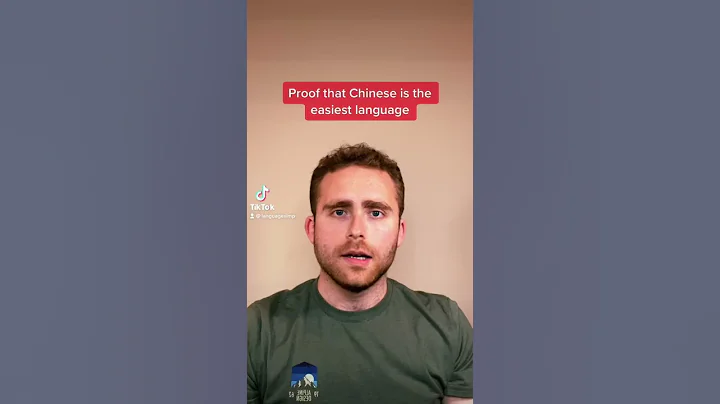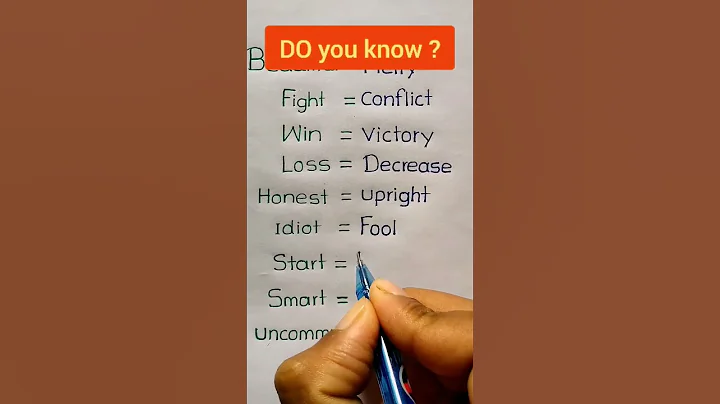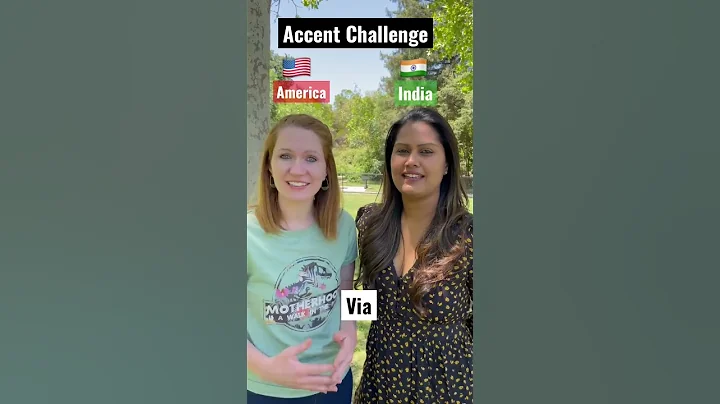"Born in distress, die in happiness", is this Chinese text that many people learn in junior high school? Is it "Heaven will give great responsibilities to man" or "Heaven will give great responsibilities to man"? Netizens have been quarreling in recent days. As one of the main textbook publishers in China, People's Education Press (referred to as " People's Education Press "), an editor pointed out that the Chinese textbooks of the People's Education Press have always used "is a person". This made most netizens feel restless because they think they were learning "this person" back then!
When I first saw this news, I was stunned. Because I remember learning about "being a person" back then, why do so many people say "this person"? My junior high school years were in the 1990s and I studied in a middle school in Bobai County, Guangxi. I was not very sure whether my memory was correct.

Fortunately, I still keep the junior high school textbooks from that year. So I took the time to find it. Sure enough, my impression was correct. The textbook of that year said, "Heaven will give great responsibilities to others."

My textbook back then was the 32-page published by People's Education Press. The version was the second edition in November 1987 and the 15th edition was printed in Guangxi in March 1993. This text is included in Volume 5 pages 154 and 155. Among them, the sentence "Heaven will give great responsibilities to man" is on page 155. The textbook also contains my handwritten notes from that year.



Then, I asked a few friends I knew, all of whom were in junior high school in Bobai County, Guangxi. Some people say that what they learn in memory is "a person", and some say that what they learn in memory is "a person". I asked them to find the textbooks of that year to confirm which one it was. Finally, I found that everything in the textbook is written "is a human". Some of the textbooks found by these friends are from their own, some are from classmates, some are from their own brothers and sisters or other relatives, some are from People's Education Press, and some are from Chinese Publishing House.




There are several friends born in the 1985. They were in junior high school at the beginning of this century and used the 2001 version of the People's Education Society. "Born in Worry, Died in Peace" is on page 150 of the fifth volume of junior high school. You can see that it is "is a person".




A friend is a junior high school teacher and has been teaching since the 1990s. She provided me with the first Chinese textbook of the People's Education Society in December 2003, which was used by the school for a period of time in the early 2003. It was an experimental textbook, which was taught for about a class of students. The text "Born in distress, die in happiness" was selected in the second volume of the ninth grade, and the one that appears on page 158 is "is a person".



2 two friends born in the 1990s Bobai The textbook provided by the Chinese Publishing House was a textbook, which some people also call it the Chinese version. These two friends started junior high school in 2005 and 2012 respectively. In the first volume of the eighth grade textbook, "Born in distress, die in peace", the one that appears on page 201 is still "human".




In recent years, the Chinese textbook of Bobai County, Guangxi has returned to the People's Education Edition. It is an compulsory education textbook organized and compiled by the Ministry of Education. It has 16 books. In the first volume of the eighth grade, it also uses "Born in distress, die in peace". In the textbook of a relative of mine, I saw that the 130-page textbook still appears as "it's a person". I asked several junior high school Chinese teachers and I learned that this version of textbook is currently used in junior high schools in the county.




To sum up, among the junior high school Chinese textbooks I have searched for in the past 30 years, the article "Born in distress, die in peace" uses all "is a person", and I have not seen the "this person" version. Many of these are the People's Education Press version, which is consistent with the statement that the People's Education Press claims that the company has always used the "human" version.
public information shows that "Born in distress, die in peace" has been selected into the textbook published by the People's Education Press since 1961. But I have limited connections and have not found several versions of textbooks. Especially those friends who are older than me, I can’t find textbooks from them.
However, I learned that Bobai County A set of junior high school Chinese textbooks used in the 1990s is the People's Education Press version of the nine-year compulsory education three-year junior high school Chinese textbook. Although I didn't find the textbook, I saw the pictures on the Internet. I borrowed it here. To prove it, I consulted Mr. Zhu Ruhong, a senior Chinese teaching and research staff member in the Teaching and Research Department of the Education Bureau of our county, who has been retired for several years. He confirmed that Bobai County used this version of the People's Education Textbook that year. Similarly, Liang Zhubao, a Chinese teacher at Bobai Town No. 1 Junior High School (formerly the junior high school of Bobai County Middle School and the junior high school of Boxue Middle School), and Li Qiong, a Chinese teacher at Ningtan Town No. 1 Junior High School, are both Chinese teachers who are nearly retired and have rich teaching experience. They both said that they used this textbook back then. In the 5th volume of this version of the textbook, the article "Born in distress, die in happiness" is selected, and the textbook page 279 shows that it is "is a person".



. Earlier, the People's Education Society also published two versions of junior high school Chinese textbooks in 1961 and 1982. The article "Born in distress, die in peace" used should be "human". However, I did not find textbooks among Bobai’s relatives and friends in these two versions, so I also borrowed the pictures from the Internet here. But these two versions are also "human" as mentioned by the editors of the People's Education Press.

There is a saying that People's Education Press textbooks have been the mainstream textbooks in the country for a long time. In the years before and after the turn of the century, in the pilot teaching reforms in some provinces, other versions of textbooks began to be used slowly, but the number of users of each version of textbook is still not comparable to the number of users of the People's Education Press textbooks. If this statement is true, the "Born in distress, dying in peace" that many people in China learned in the past should be the "is a human" version.
In fact, no matter which of the two versions of "is human" and "sense man", there is no right or wrong. Many ancient Chinese texts have multiple versions. The People's Education Society only chose the "is human" version and stated that it has been used to this day. In the sentence we are discussing, "Yes" and "S" have the same meaning in the sentence, both representing "this". If you don’t understand, you can check dictionaries and other reference books and check the meanings of “yes” and “s”. The following are the results I found in " Modern Chinese Dictionary " published by Commercial Press for your reference.




After a few days of fermentation, the scope of the controversy became increasingly larger. In fact, there is no need to expand the "war situation" at all, just return to the core, that is, whether what you learned back then was "a person" or "a person". Don’t mention “conspiracy theory”, “discrimination theory”, “ Mandela effect ”, don’t pursue ancient books, don’t worry about the previous issues of the People’s Education Press (this issue can be said otherwise, not discussed here), and simplify the problem.
With a realistic attitude, find out your textbook from that year and check it out to know exactly whether you learned "is a person" or "this person". Of course, many people’s junior high school textbooks have not been preserved until now. So, can we ask our classmates and teachers back then? If not, do you have the textbooks posted online? Didn’t you remember the textbook I learned back then? If not, look at the year and month of publication and printing, and the region of distribution, and what to infer? After all, it involves the high school entrance examination, and most textbooks in the same time and in the same region should be the same! In addition, there are libraries (including online libraries), and there are some used bookstores to choose from online.
Many people choose to believe or even believe in their memories. Perhaps, that may not be the memory you were in when you were studying, but it may be the subconscious that you have stayed after you have been exposed to a lot of information for a long time. But if you have textbooks as evidence, it will be even more convincing! The friends I mentioned earlier believed at first that they learned "this person", but after seeing the textbook, they found that the words "is person" were written in black and white.
everyone says that a good memory is not as good as a bad pen, and memory is not "sacred and inviolable". CCTV ended and pointed out that many netizens found out that the textbooks of that year were "human".

It is undeniable that there are indeed more than one publisher of domestic textbooks, and textbooks published by other publishers will also have "Shiren" versions. But were those versions of textbooks the textbooks we learned back then? Find ways to check out the textbooks of that year, be realistic, okay? Otherwise, there will be no result after arguing.
(Author: Qin Hai)

